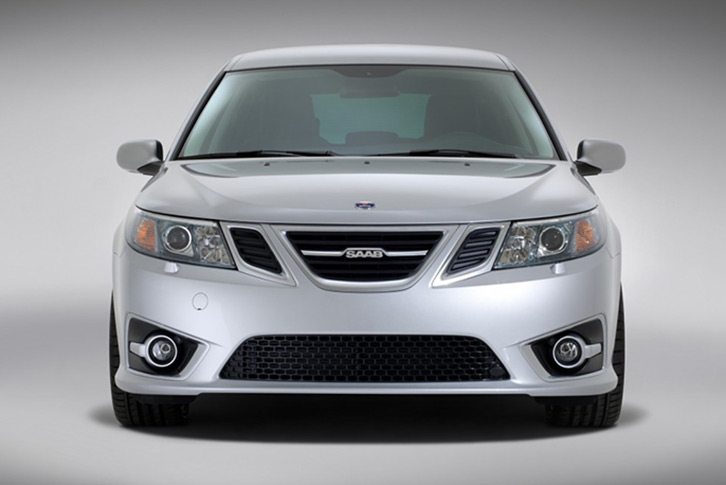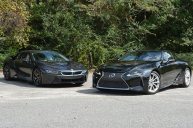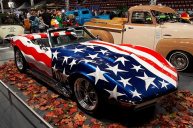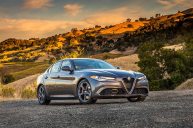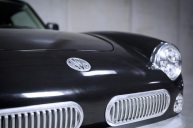Saab is arguably the best luxury car manufacturer in history.
Unfortunately, the cars Saab makes have been repurposed for the manufacturing of electric cars, and now operate under the uninspiring name of "National Electric Vehicle Sweden."
The fact that they don't really exist anymore sort of kills my argument. Saabs never sold as well as their German counterparts; Audi, BMW, and Mercedes. The fact that they were only available with front-wheel drive and all-wheel drive didn't help matters.
Despite this, and despite GM's obvious influence after their takeover of the brand, I still argue that Saab is (or rather was) the greatest luxury auto manufacturer in the world.
I have driven the 9-3 quite a lot recently, their midsize luxury car built from 1998 until 2014. The version I drove is the face-lifted second generation version, built from 2008 until 2014. It is absolutely brilliant.
Performance Specifications
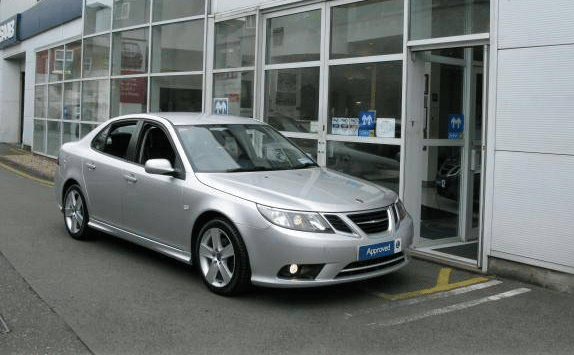
Gordon Kellett Motors
The 9-3 that I've been driving is a base, front-wheel drive 2010 model with the 2.0 liter, turbocharged inline-four that produces 208 horsepower. This takes the 9-3 from 0 to 60 in just 6.3 seconds, onto a limited top speed of 160 miles per hour.
A 2.8 liter turbocharged V6 was available producing 252 horsepower, or 276 horsepower in the limited, "Turbo X" variant. It isn't a bad motor, however the four-cylinder is arguably the better motor. Saab has perfected the inline-four, even though the 9-3 motor is (very loosely) based on GM's "Ecotec" engine. All-wheel drive was an option for both engine variants.
How Does it Drive?
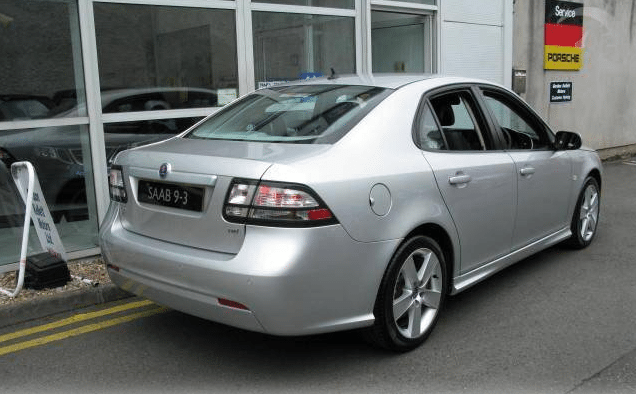
Gordon Kellett Motors
In a word, brilliantly. Its turbocharged four-pot doesn't yield that much turbo lag, making acceleration as instant as a naturally aspirated vehicle. It has very little torque steer as well. Furthermore, it has a limited-slip differential, which makes understeer minimal.
It may not be as fun as a rear-wheel drive Mercedes or BMW, it is definitely among the best driving FWD cars out there.
Pros
- Fantastic acceleration and top speed, given the power output
- Handles fantastically, little understeer and little turbo lag
- Very well equipped
- Very beautifully designed; though it was facelifted in 2008 it looks fresh even today
- Inexpensive purchase price; started at around $33,000 new, however an example with less than 50,000 miles can be had for around $13,000 or so
- Fantastic gas mileage, the example I tested averaged about 25 MPG city, 33 highway. When driving at around 120 miles per hour (on a race track, obviously), it gets closer to 40 MPG
Cons
- Not particularly comfortable; seats aren't very comfortable and suspension is relatively stiff
- Finish on plastic trim and buttons likes to flake off over time
- Automatic transmission is a bit laggy when using manual shift mode
- Fuel tank sensors are dodgy; this example had them replaced at around 63,000 miles and they've gone again at around 140,000 miles
NEXT: HERE'S EVERYTHING YOU NEED TO KNOW ABOUT THE 2018 JEEP WRANGLER DEBUT
WATCH
